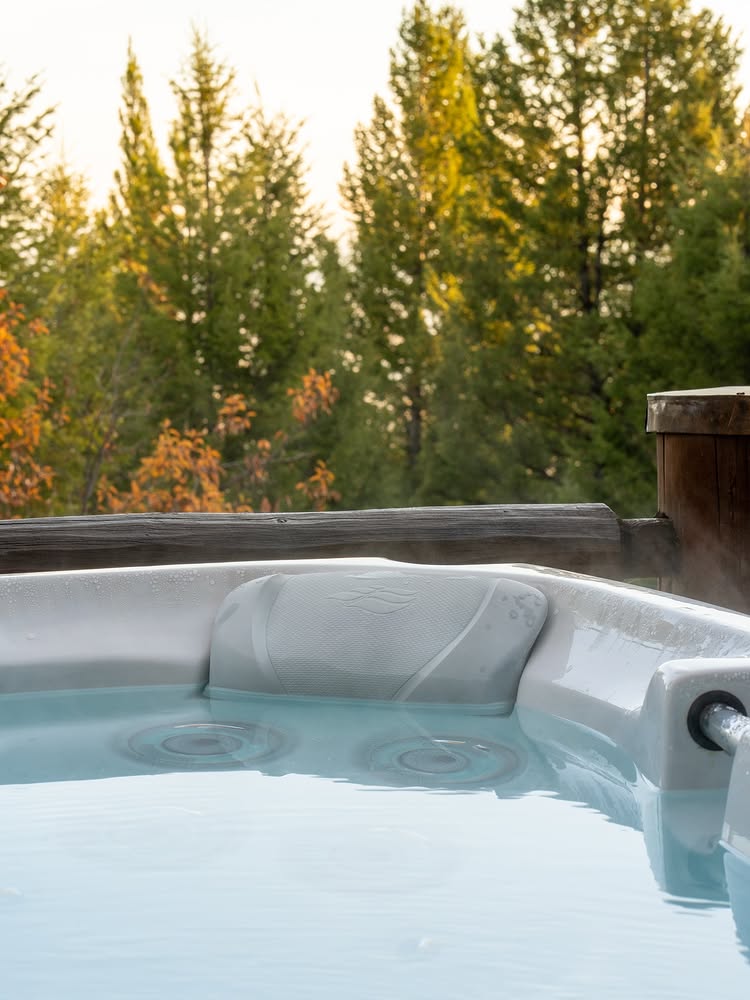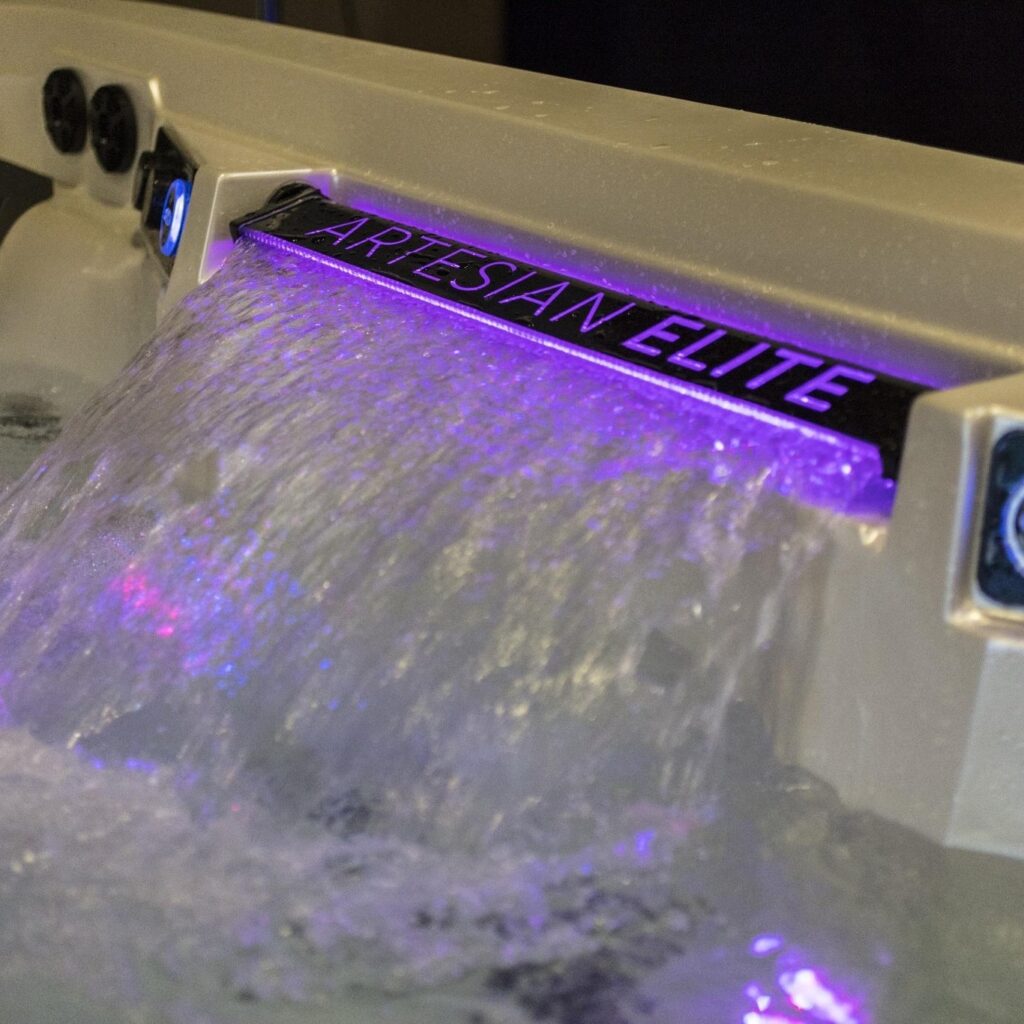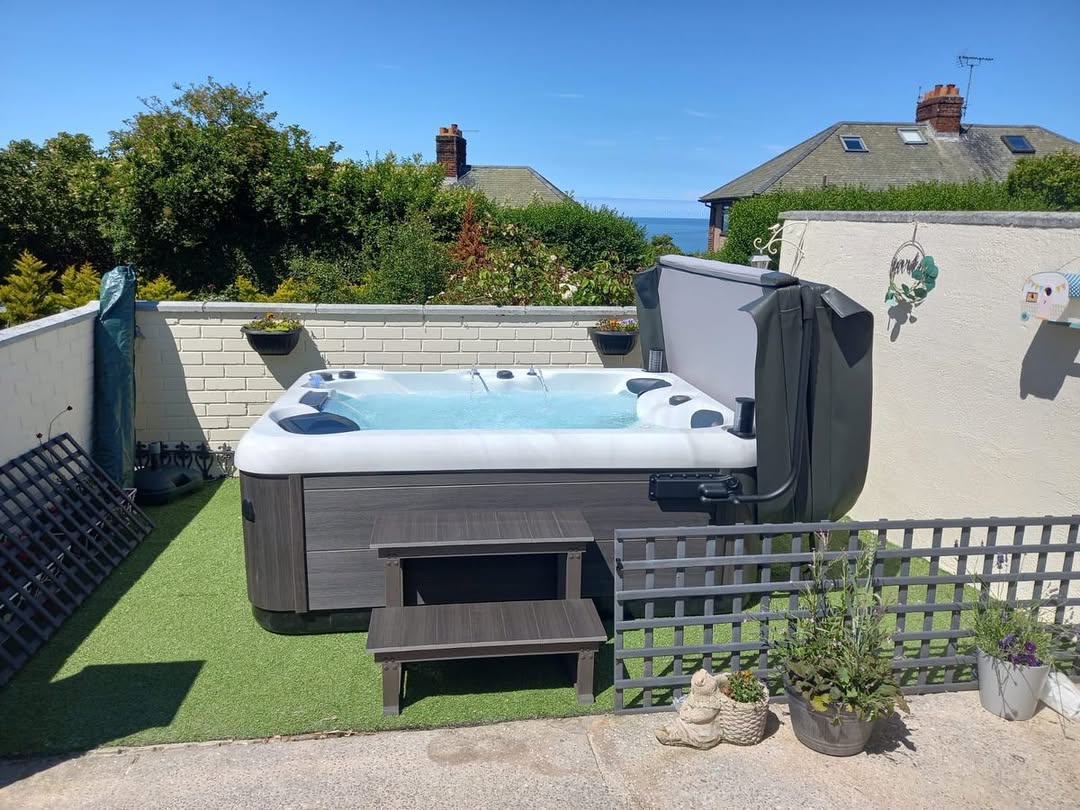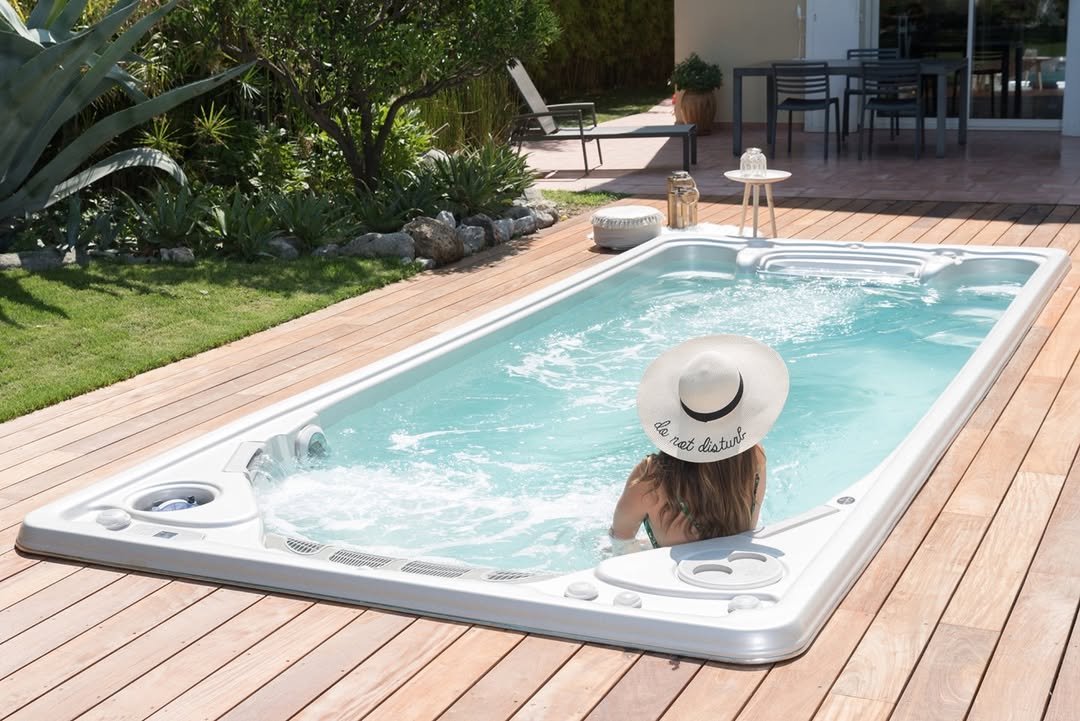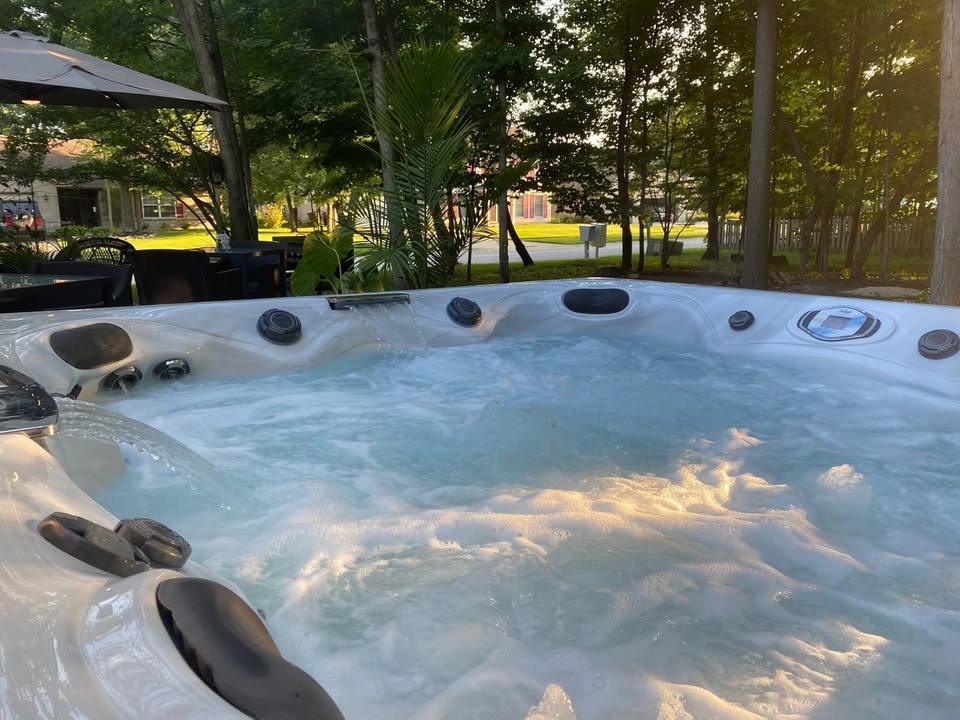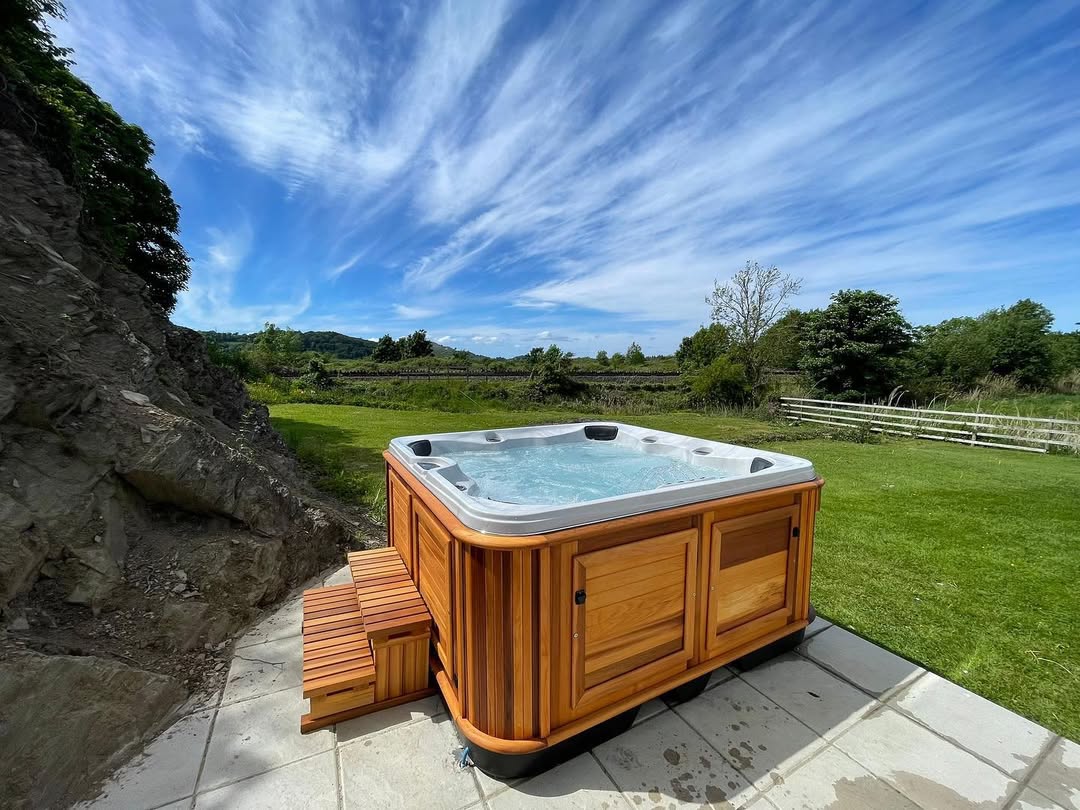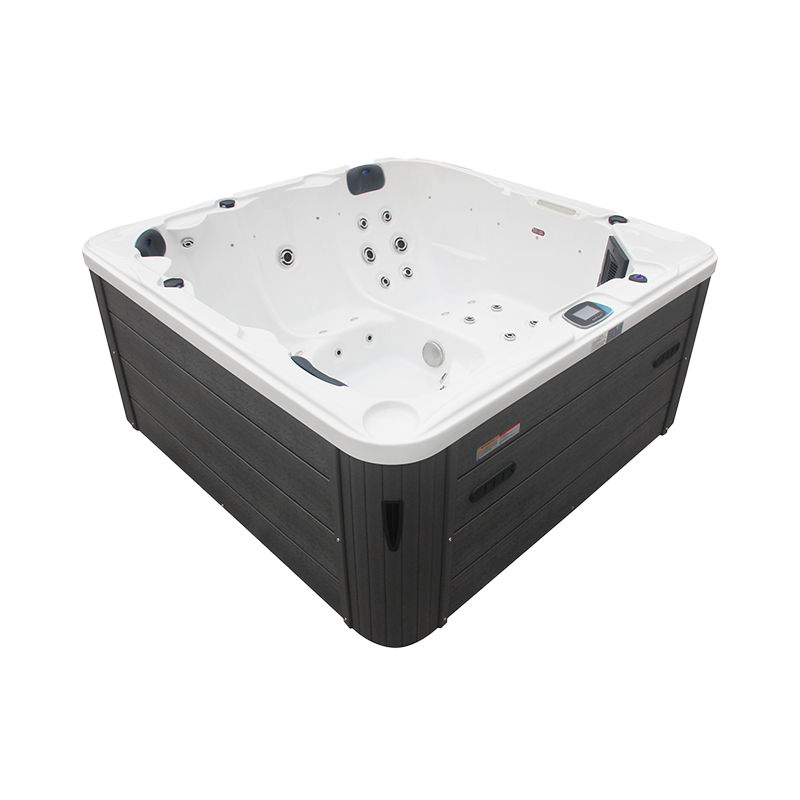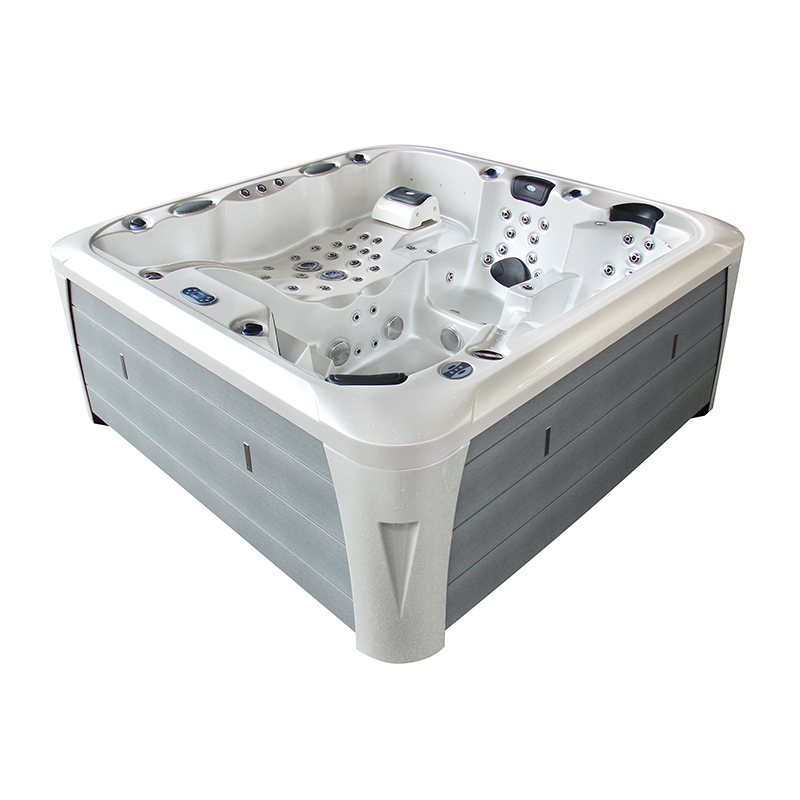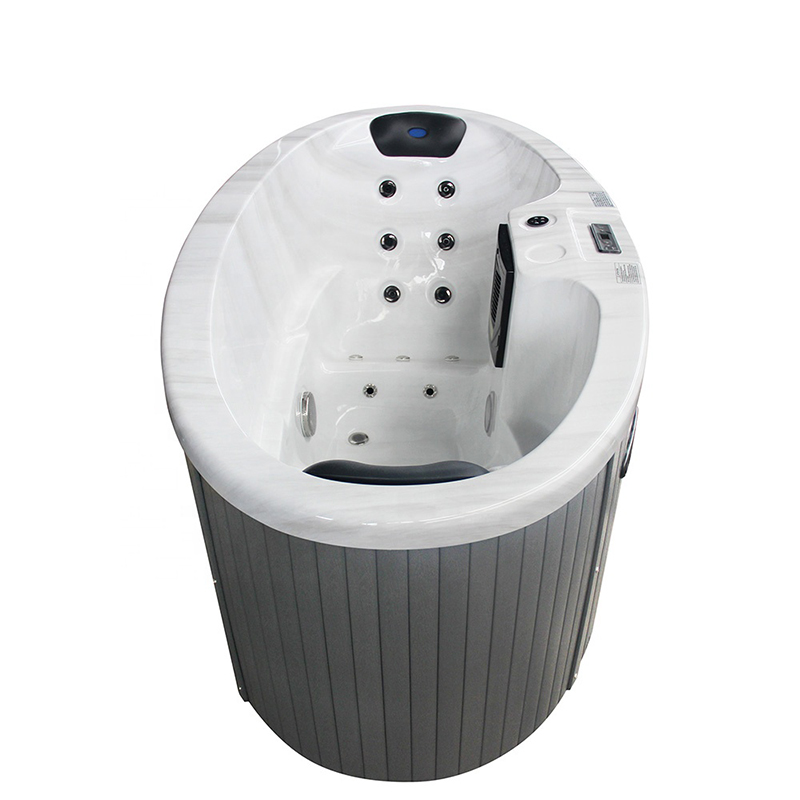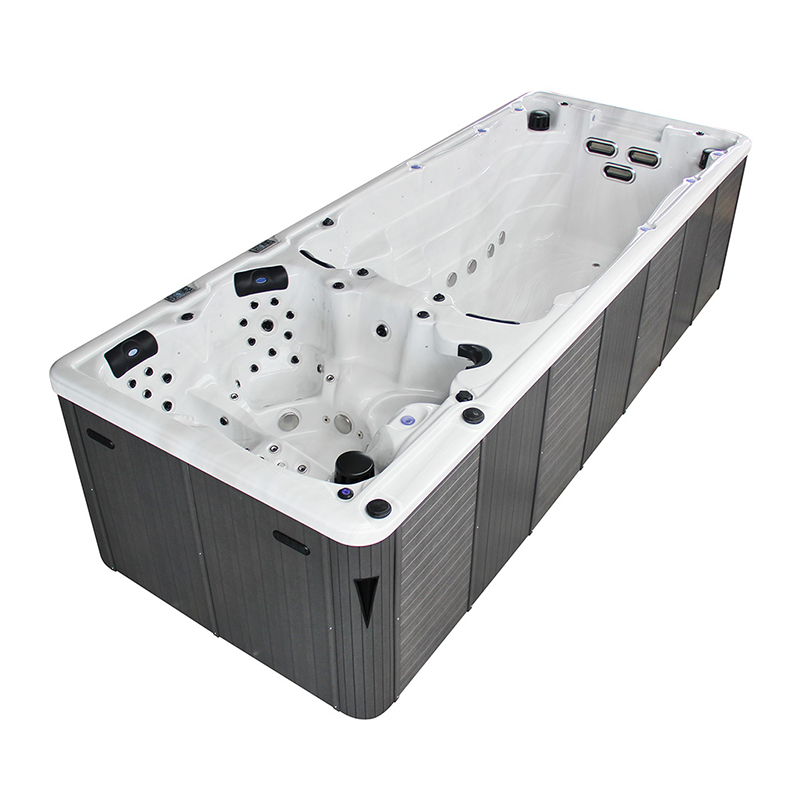Are you considering investing in a hot tub and wondering, “How much will it cost to operate one?” The initial purchase price of a hot tub is just one part of the financial picture; ongoing operational costs can make a significant impact on your budget. Understanding these long-term expenses is crucial for making an informed decision.
When you ask, “How much does it cost to run a hot tub?”, the answer is not straightforward. The cost can range significantly based on multiple factors such as the type of hot tub you own, its features, your local climate, and how frequently you use it. On average, homeowners in 2025 can expect to pay between $20 to $75 per month to operate a hot tub.
Of this, $20 to $50 per month generally goes toward energy costs. For energy-efficient models, you can expect to pay approximately $1 per day to operate your hot tub. Older or less efficient models, on the other hand, could cost more to run. Understanding these costs is essential for budgeting your hot tub purchase.
Factors That Impact Hot Tub Operating Costs
Several factors can influence the ongoing cost of operating a hot tub. Let’s dive into the key elements that will affect your energy consumption, maintenance, and repair expenses.
A. Energy-Efficient Hot Tub Features
Modern hot tubs come with energy-efficient technologies designed to reduce power consumption. Investing in a hot tub that is well-insulated and comes with an efficient heating system can save you a lot on monthly energy bills. Some advanced models even feature programmable timers and smart technology that allow users to control temperature and filtration settings via a smartphone app, which helps optimize energy use.
For example, hot tubs like Wellis Spas are designed with features such as high-quality insulation and UV-C filtration systems, which help reduce the need for constant water treatment.
B. Hot Tub Size and Water Volume
The size of your hot tub is a major factor in energy consumption. Larger tubs require more water to heat and maintain. This means that larger models generally cost more to operate because they demand more energy for heating and circulation. Smaller tubs, on the other hand, are more efficient and have lower running costs.
C. Heating and Filtration Systems
Your hot tub’s heating system plays a significant role in energy consumption. High-quality heating systems can help mitigate costs, especially in colder climates where the tub has to work harder to maintain the desired temperature.
Similarly, filtration systems that are energy-efficient and require minimal maintenance can also lower operational costs. Many hot tubs are equipped with advanced filtration technology such as UV-C systems, which treat the water several times a day using minimal power.
D. Climate and Seasonal Variations
The climate in your area can dramatically impact your hot tub’s operating costs. If you live in a cold climate, your hot tub will have to work harder to maintain a comfortable water temperature, resulting in higher energy consumption during the winter months.
E. Usage Patterns
The more often you use your hot tub, the more energy it will consume. Regular use will require the hot tub to maintain water temperature and filtration settings, which will lead to higher energy bills. Conversely, if you use your hot tub less frequently, you can adjust the temperature and filtration cycles to save energy when the tub is not in use.
F. Maintenance and Repairs
While you may think that maintenance is simply about keeping the hot tub clean, it’s also a crucial factor in controlling operating costs. Regular maintenance, such as cleaning filters, checking water chemistry, and inspecting the tub’s components, can help the hot tub run more efficiently and extend its lifespan. Neglecting maintenance can lead to higher energy consumption and more costly repairs down the road.
Choosing the Right Hot Tub to Lower Running Costs
When purchasing a hot tub, it’s important to keep in mind the features that will help reduce operational costs in the long run. Let’s take a look at some key features and technologies that can help make your hot tub more energy-efficient.
A. Inflatable Hot Tubs vs. Regular Hot Tubs
Inflatable hot tubs are usually less expensive upfront, but their running costs tend to be higher due to poor insulation. Regular hot tubs, on the other hand, are more durable and come with better insulation, making them more energy-efficient in the long run.
B. Insulation Technology
Good insulation is one of the most important factors when it comes to reducing energy usage. Hot tubs with high-quality insulation and thermal blankets are better at retaining heat, which reduces the amount of energy needed to maintain the water temperature.
C. Energy-Efficient Components
Look for hot tubs that come with energy-efficient components, such as energy-saving pumps, heaters, and circulation systems. These systems are designed to minimize energy use without compromising performance. You should also look for models that are energy-efficient certified, which means they meet specific energy-saving standards.
D. LED Lighting
Choosing a hot tub with LED lighting can also help reduce energy consumption. LED lights are far more efficient than traditional incandescent bulbs and can add to the ambiance of your spa without increasing operational costs.
E. Smart Control Systems
Hot tubs equipped with smart control systems allow you to remotely adjust settings for temperature, filtration, and heating. This control ensures that your hot tub uses only the necessary amount of energy, helping you optimize efficiency and cut costs.
F. High-Quality Covers
A well-fitting insulated cover is crucial for reducing energy loss. High-quality covers help maintain water temperature when the hot tub is not in use, thus lowering energy consumption. Be sure to select a hot tub cover that is both durable and effective at trapping heat.
Tips for Reducing Hot Tub Operating Costs
Once you’ve selected an energy-efficient hot tub, there are several steps you can take to further reduce your monthly running costs.
A. Optimal Temperature Settings
Maintaining an optimal temperature can significantly impact energy usage. Aim to keep your hot tub at a comfortable temperature (usually between 80°F and 85°F or 27°C to 29°C) instead of cranking it up to a high heat setting. Also, when not in use, consider using a cover to trap heat and reduce the need for constant reheating.
B. Regular Maintenance
Cleaning filters, balancing water chemistry, and maintaining efficient circulation will help your hot tub run more efficiently. Neglecting maintenance can cause the system to work harder, increasing energy consumption and repair costs.
C. Off-Peak Energy Usage
If your local utility provider offers off-peak electricity rates, consider running your hot tub during these hours to save on energy costs. Off-peak rates typically apply during late-night or early-morning hours when demand for energy is lower.
D. Solar Heating
For sunny climates, consider solar heating as an alternative to traditional gas or electric heating. While the initial installation of solar panels may be costly, they can significantly reduce energy bills in the long run.
E. Mindful Usage
Encourage family members to use the hot tub mindfully. Limiting splashing and unnecessary water disturbances can prevent heat loss through evaporation. Also, consider avoiding activities that might increase debris accumulation, such as eating or drinking in the hot tub, as this can strain the filtration system.
Frequently Asked Questions (FAQs)
Q1: How much does it cost to run a hot tub?
On average, it costs between $20 and $75 per month to run and maintain a hot tub, depending on its size, energy efficiency, and usage.
Q2: Do hot tubs use a lot of electricity?
Yes, hot tubs can use a significant amount of electricity, especially when heating the water. The heater typically uses 1,500 to 6,000 watts depending on the model.
Q3: What temperature should a hot tub be?
The ideal temperature for a hot tub is typically between 100°F and 102°F. If you’re not using it for a while, you can lower the temperature to save energy.
Conclusion
Owning a hot tub can be a relaxing and rewarding experience, but understanding the costs associated with running it is essential for managing your budget. While energy consumption, maintenance, and repairs can add up, there are several ways to reduce these costs, including choosing an energy-efficient model, performing regular maintenance, and adjusting your usage patterns.
With the right choices, you can enjoy the benefits of your hot tub without breaking the bank. Remember to consider features like insulation, energy-efficient components, and smart control systems when making your purchase. By following our tips, you can keep your hot tub running efficiently and ensure it remains a source of relaxation and enjoyment for years to come.
If you’re in the market for a high-quality, energy-efficient hot tub, be sure to explore the latest models and features offered by top brands. A little planning and smart choices can go a long way in ensuring that your hot tub provides years of enjoyment without the high operating costs.

